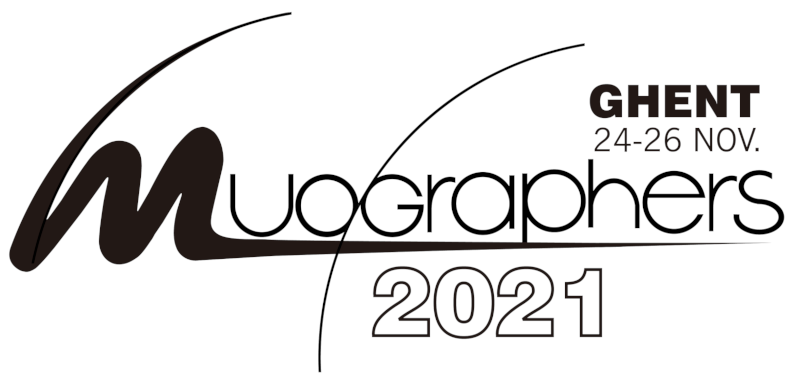Speakers
Description
MST is a major non-destructive technique to detect high-atomic number (Z) and high-density (⍴) materials by finding the deviation in muon tracks. Both numerical simulation and experimental activities are being carried out towards assembling a gaseous ionization detector-based MST system at SINP. A prototype setup has been simulated using Geant4. Based on scattering parameters, an algorithm namely, Pattern Recognition Method (PRM) has been devised which is able to distinguish high-Z and low-Z materials with more than 5𝜎 accuracy 1. A practical application of MST, namely, detecting defects in common civil structures has been performed using the same numerical technique. A few basic concrete structures that are frequently used in civil construction, have been considered as test cases. The images of the test cases with and without the defect have been simulated for variable exposure of cosmic muons on the basis of their scattering from the composite concrete structures. The efficacy of the said method has been evaluated in terms of the PRM-score devised in this work as well as using the t-statistics. The limitation and advantages of the present application of the MST encompassing the imaging and image processing technique in non-destructive evaluation of concrete structures have been discussed 2.
